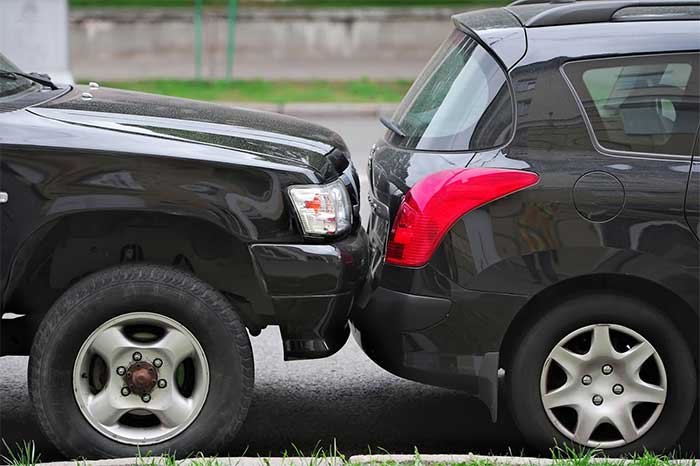Understanding Liability in a Rear-End Accident
 Rear-end accidents, or fender benders, are the most common car accident in the United States. Estimates put the frequency at about 1.7 million per year. In small fender benders, only the vehicle suffers any major damage. However, about one-third of those accidents result in injury, and up to 1,700 result in death.
Rear-end accidents, or fender benders, are the most common car accident in the United States. Estimates put the frequency at about 1.7 million per year. In small fender benders, only the vehicle suffers any major damage. However, about one-third of those accidents result in injury, and up to 1,700 result in death.
Typically, the majority of fender benders also result in at least a ticket, if not some other legal action. Find out how liability is determined in such accidents.
Main Causes of Rear-End Accidents
Understanding liability in fender benders starts with knowing how they are caused. In short, distracted driving causes most rear-end accidents. Cell phones account for a lot of the distraction. However, other distractions such as the car radio or passengers can also cause drivers to miss the fact they’re about to plow into the car in front of them.
Another major cause of rear-end accidents is following too closely. Drivers are expected to maintain enough distance between their car and the one in front to be able to break suddenly if the car in front does so. Extenuating circumstances, such as icy roads or rain, mean drivers should leave even more distance between themselves and the car in front.
That said, while the rear driver is usually at fault in fender benders, sometimes the car in front can be liable.
Liability in Rear-End Accidents
Legally speaking, determining liability requires determining negligence. In other words, the driver who is most negligent is found most liable for the accident. A negligent driver has failed to meet the established standard of what a reasonable person would do in similar circumstances.
When it comes to a rear-end accident, typically the rear driver is found to be negligent when they fail to stop within a reasonable amount of time — hence, the rear ending. However, some mitigating circumstances can put at least some of the fault on the driver whose car was hit.
For instance, an established standard of driving is turning after engaging the turn signal. A driver who engages the turn signal and stops but fails to execute the turn can be at fault in a rear-end accident.
Likewise, another standard of driving is to pull safely out of traffic in the event of a flat tire. If instead a driver just stops suddenly in the middle of the road, especially when they don’t engage their hazard lights, they could be found liable.
Liability can also be allocated between different drivers. For instance, North Carolina follows the Contributory Negligence law. In this system, drivers can’t recover any damages if they contributed to the accident in any degree.
Other Mitigating Circumstances in Rear-End Accidents
Rear-end accidents don’t always happen between just two cars. When more than two vehicles were involved, liability can be allocated elsewhere.
The obvious example is a pileup involving three or more cars. If a third car rear ends the middle car, thus causing the middle car to rear end the front car, negligence will probably lie with the rear-most vehicle. However, matters get tricky if later cars continue to plow into a pileup that is clearly visible.
Another mitigating circumstance is when an action in front of the first car caused the driver to brake suddenly. For instance, a cyclist might have suddenly turned in front of that car, or another car may have braked but avoided rear-end collision. The drivers in this circumstance might have a claim against the person who caused the first car to brake suddenly.
If you’re involved in a rear-end accident, either as the striker or the struck, you’ll want to create a trail of evidence to receive compensation. Get as much photographic evidence as possible, and try to solicit witness statements. Likewise, get a copy of the police report if there is one.
If you’re ready to argue your case, contact the law office of Carl L. Britt, Jr. Attorney at Law for legal assistance.
